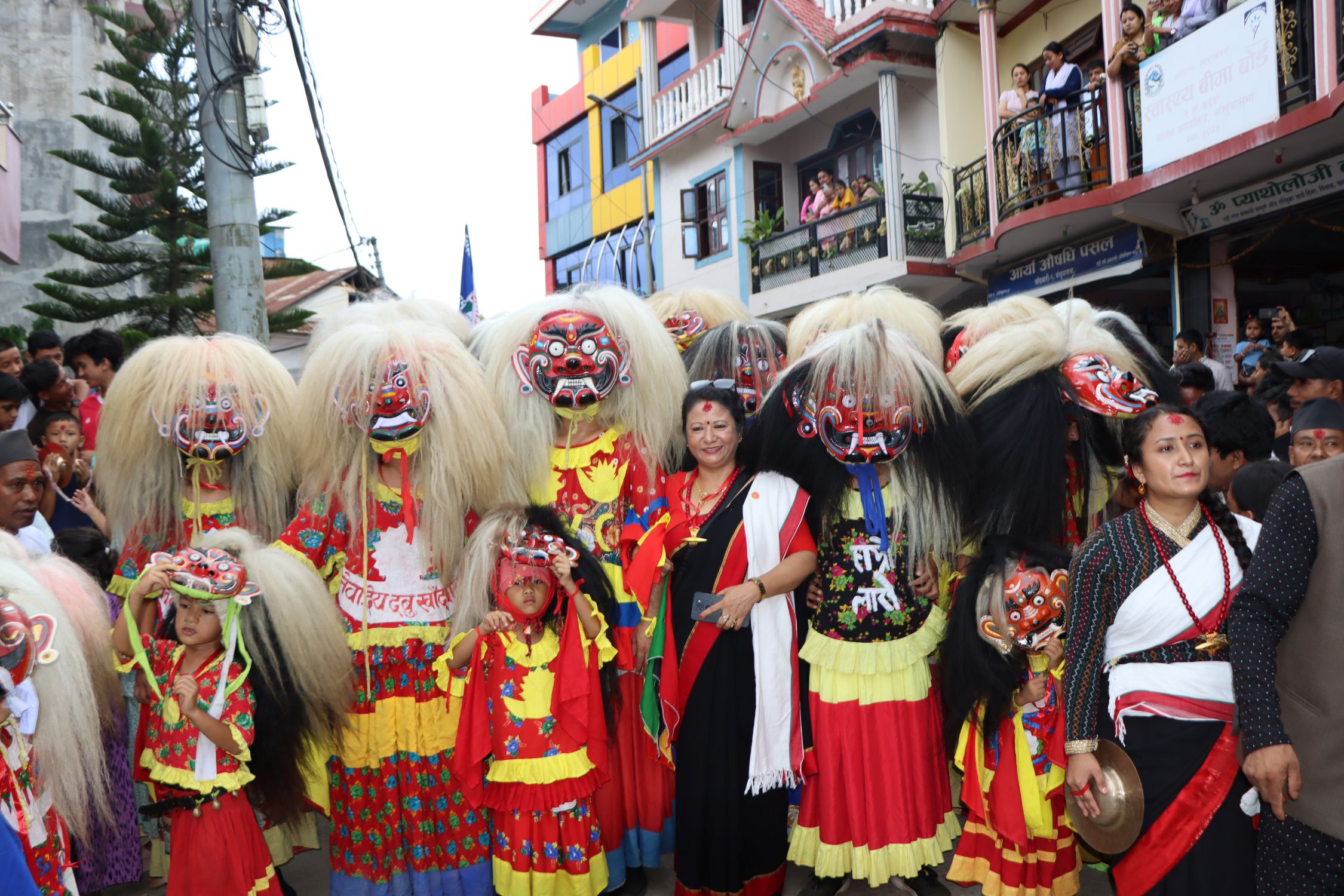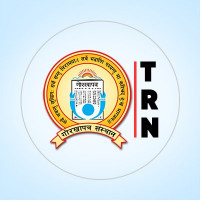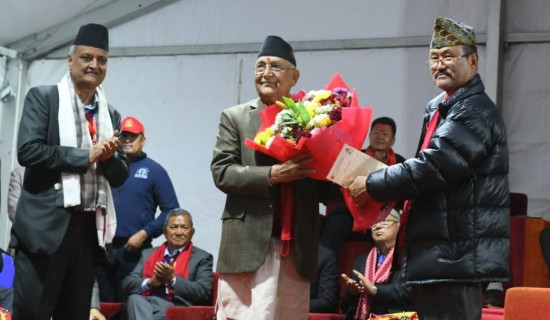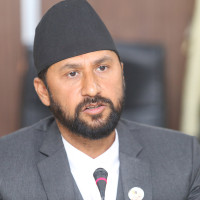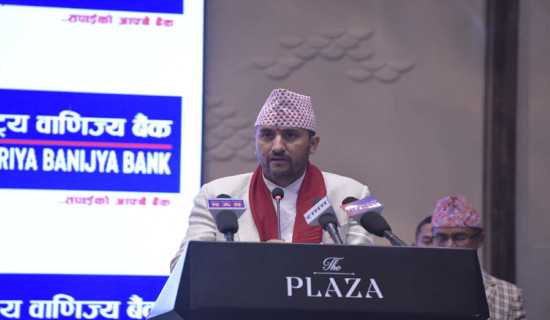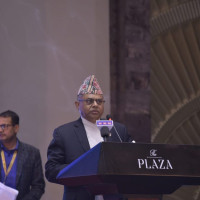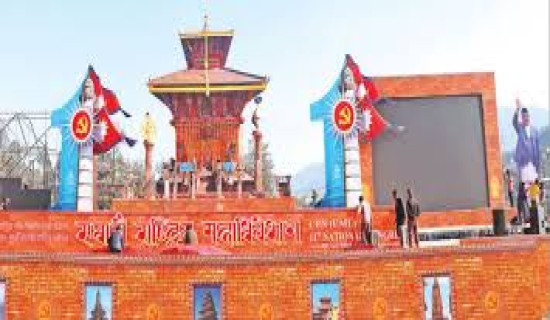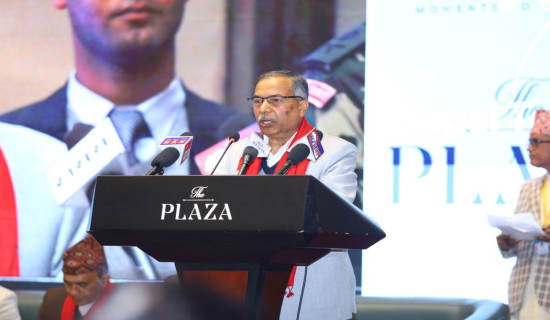- Friday, 19 December 2025
Lakhe Dance begins in eastern hilly districts
Kimathanka (Sankhuwasabha), July 29: The Lakhe Jatra, a cultural festival celebrated by the Newar community in the eastern hilly districts of Okhaldhunga, Khotang, Sankhuwasabha, Bhojpur, Dhankuta, Tehrathum, and Taplejung, commenced on Tuesday.
In Sankhuwasabha, the festivities began in Khandbari Bazaar, following rituals performed at the Bhimsen Temple in Khandbari municipality-1. According to the Newar cultural tradition, Bhimsen, revered as the deity of trade and commerce, is worshipped before the formal commencement of the festival.
Traditionally, the festival starts on Nag Panchami, a day dedicated to serpent worship in Hindu culture, and concludes on Krishna Janmashtami, the birth anniversary of Lord Krishna. These two events typically fall about two weeks apart.
The Newa Dey Daboo Municipal Working Committee, Khandbari, has coordinated the organisation of this year's Lakhe Jatra. The Lakhe Dance is the central highlight of the festival. Performers dressed in colourful traditional Lakhe attire, wearing elaborate masks, and accompanied by traditional Newar music, dance energetically through the market streets, captivating onlookers.
Committee Chair Pushpa Bahadur Shrestha confirmed the official start of the celebrations.
While the Newar community is historically rooted in the three cities of the Kathmandu Valley: Kathmandu, Bhaktapur, and Lalitpur, they have also established settlements in various parts of the country, including Dhankuta Bazaar (Dhankuta), Taksar Bazaar (Bhojpur), Chainpur, Khandbari, Wana, and Sibhuwa Bazaar (Sankhuwasabha).
During the Lakhe dances, symbolic acts are performed that recall the legendary battle between Lord Krishna and his maternal uncle Kansa, reflecting the mythological tales from the Dwapar Yuga. (RSS)

